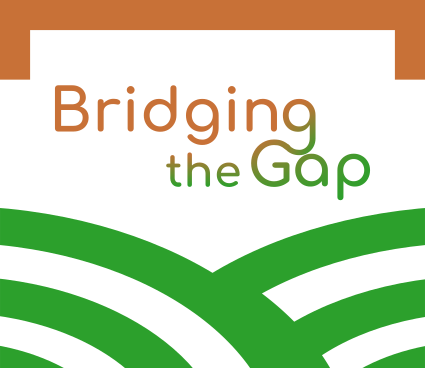Course Content
1. Marketing and Sales
2. Customer Experience
3. Conclusion
As we stated at the beginning of the material, marketing and sales represent two business function within an organisation, that determine the lead generation and revenue generation. While marketing in characteriszed by the process of getting people’s attention regarding a product or a service, sales represent the activities that need to be done in order to sell that product or service (Hart, 2019). What you should remember as a difference between marketing and sales is the fact that marketing is responsible forwith the development of a strategy, while sales isare responsible forwith the implementation of the strategy (Funk, s.n.). Another important differences between marketing and sales isare the following: marketing is interested inby the needs and desires of the customer, while sales are interested inby the needs of the seller; marketing views business as a consumer satisfying process, while sales views business as a goods producing and selling process (Jena, 2020). We also talked about online marketing and e-commerce and we learned that online marketing represents the practice of promoting a product orf a service via the internet, using channels like E-mail, Facebook, YouTube and so on. On the other hand, e-commerce represents the buying and selling process of goods and services, or the transmission of funds or data through an electronic network, especially the Internet. This guide has been realiszed in order to develop new skills, knowledge and competencies for women in rural areas, but also to increase the entrepreneurial opportunities and the employment ones for them. The chapter related to “customer experience” which contains the definitions of this concept, the differences between the two concepts, “customer service” and “customer experience” but also some ideas of how to manage the customers’ experience, wanted to bring to the forefront important knowledge about this subject, especially for the target group. Therefore, this concept is a very important one, especially for those who want to open a business, because this information can help them to attract as many customers as possible but also to be able to maintain them for a long period of time in order to develop the business more and more. Moreover, we hope that women from rural areas are really helped by this chapter, but also by this guide and we hope that the employment rate among them and also the number of women entrepreneurs will increase in the near future.
Online Marketing
Online marketing represent a set of tools and methodologies used to promote products and services through the Internet. Online marketing includes a wider range of marketing elements than traditional business marketing, due to the additional marketing channels and mechanisms available on the internet (Techopedia, 2021).

Online marketing is the practice of using web channels to spread a message about a company’s brand, products or services to its potential customers
The methods and techniques used for online marketing include email, social networking, display advertising, search engine optimisation (SEO), Google AdWords, and more. The goal of marketing is to reach potential customers through the channels in which they spend their time reading, searching, shopping and socialising online (Optimizely, s.n.).
A key benefit of using online channels to market a business or product is the ability to measure the impact of any given channel, and how visitors through different channels interact with a website or experience a landing page. Among the visitors who turn into paying customers, an additional analysis can be made to determine which channels are most effective in acquiring valuable customers (Ibidem).
Online marketing is different from traditional marketing in many ways. The main difference between these two types of marketing is that online marketing often strives to add value to its viewers, while traditional marketing usually only aims to increase sales. An example of online marketing could be a blog post created by a cleaning company that educates viewers and potential customers about the importance of non-toxic cleaning ingredients. On the other hand, the traditional marketing version of this example would be to simply insert an ad in a newspaper asking readers to buy the cleaning product (Copypress, s.n.).




